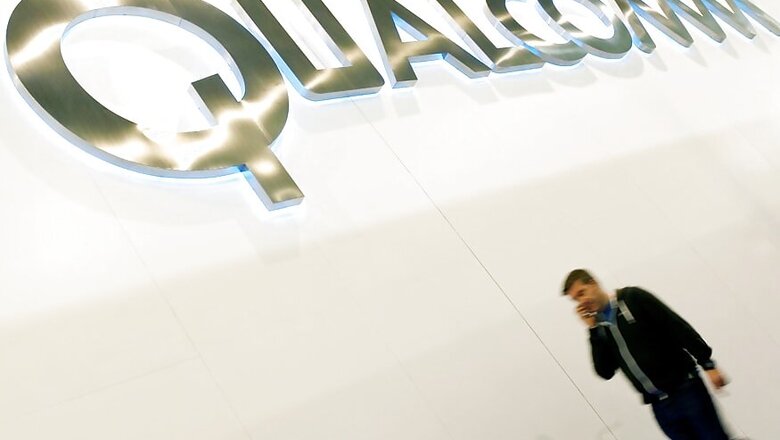
views
Qualcomm Incorporated through its subsidiary, Qualcomm Technologies, Inc., today demonstrated dynamic electric vehicle charging (DEVC), which allows vehicles to charge while driving.
Based on the Qualcomm Halo wireless electric vehicle charging technology (WEVC), Qualcomm Technologies designed and built a wireless DEVC system capable of charging an electric vehicle (EV) dynamically at up to 20 kilowatts at highway speeds.
Qualcomm Technologies also demonstrated simultaneous charging, in which two vehicles on the same track can charge dynamically at the same time. The vehicles can pick up charge in both directions along the track, and in reverse, further showcasing how the Qualcomm Halo DEVC system has been designed to support the real-world implementation of dynamic charging.
The dynamic charging demonstrations took place at the 100-meter FABRIC test track, which has been built by VEDECOM at Satory Versailles. Qualcomm Technologies and VEDECOM integrated the source part of the Qualcomm Halo DEVC system in the test track, while VEDECOM and Renault integrated the receiving part onto two Renault Kangoo vehicles. Also read: Samsung Sells Over 10 Million Galaxy S8
Following today's demonstration, the Qualcomm Halo DEVC system will be handed over to VEDECOM to perform tests for FABRIC. These tests will evaluate the operation, safety and efficiency of energy transfer to the vehicles for a wide range of practical scenarios including vehicle identification and authorization on entering track, power level agreement between track and vehicle, speed and alignment of the vehicle along the track.
FABRIC is a €9 million project, mostly funded by the European Commission, addressing the technological feasibility, economic viability, and socio-environmental sustainability of wireless DEVC. The project began in January 2014 and will continue through December 2017, and is being undertaken by a consortium of 25 organisations from nine European countries, including automotive manufacturers, suppliers, service providers and research organisations from automotive, road and energy infrastructure domains.
VEDECOM is one of the FABRIC collaborators and responsible for providing the demonstration of the charging solution at Satory using the Qualcomm Halo DEVC system. FABRIC's main goal is to conduct a feasibility analysis of wireless DEVC as a means of EV range extension.Also read: LinkedIn Survey Names Flipkart as The Most Sought-after Employer


















Comments
0 comment